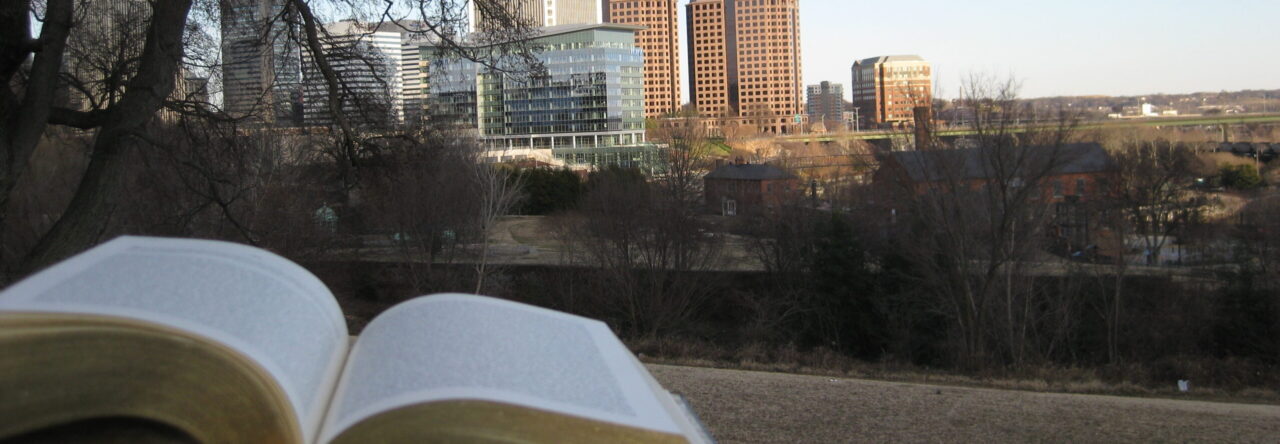This book was a product when David Coogan started a writing workshop at a jail to raise awareness in the city about prisoner reentry. Before reading, I thought the book was about prisoners’ remorse for their crimes or their life in prison, but after reading, I realized that the actual content is more profound than I expected. The authors of this book were seeking answers, solutions and means to crab the cycle of dysfunction not only in their lives, but also in society. The book gave me an opportunity to think about how different environments influenced and shaped people.
I was impressed by one of the chapter that Andre wrote. When his dad started feeding him heroin, his mother known that but didn’t say nothing. David Coogan talked about a memory when he was at the similar age. He rolled a piece of paper into a pretended cigarette, then his mother ask if he thought smoking was cool. The intervention was the difference. David Coogan’s mother was right there to show his the right way. An important reason why these prisoners commit crimes might be the lack of positive guidance when they grew up.
“We would write hopefully, and with the intent of steering the ongoing process of becoming who we are, not only for ourselves, but for the greater good.” I once saw a talk on television about a dilemma that journalists often faced. If a journalist reports the real experience of a person, it can raise public awareness of the dark side of society. However, the risk to the person involved is high, because the people who have hurt him may see this report and retaliate against him. I’m wondering, will there be potential risk for them when prisoners wrote their experience to the public?
